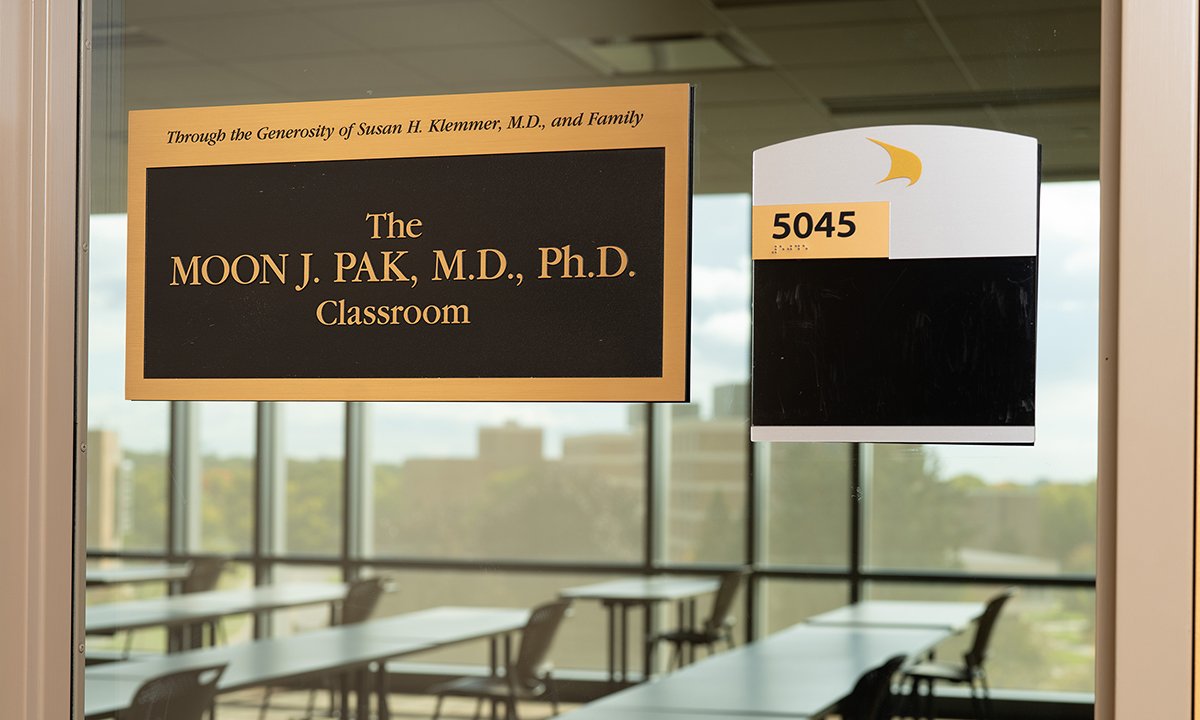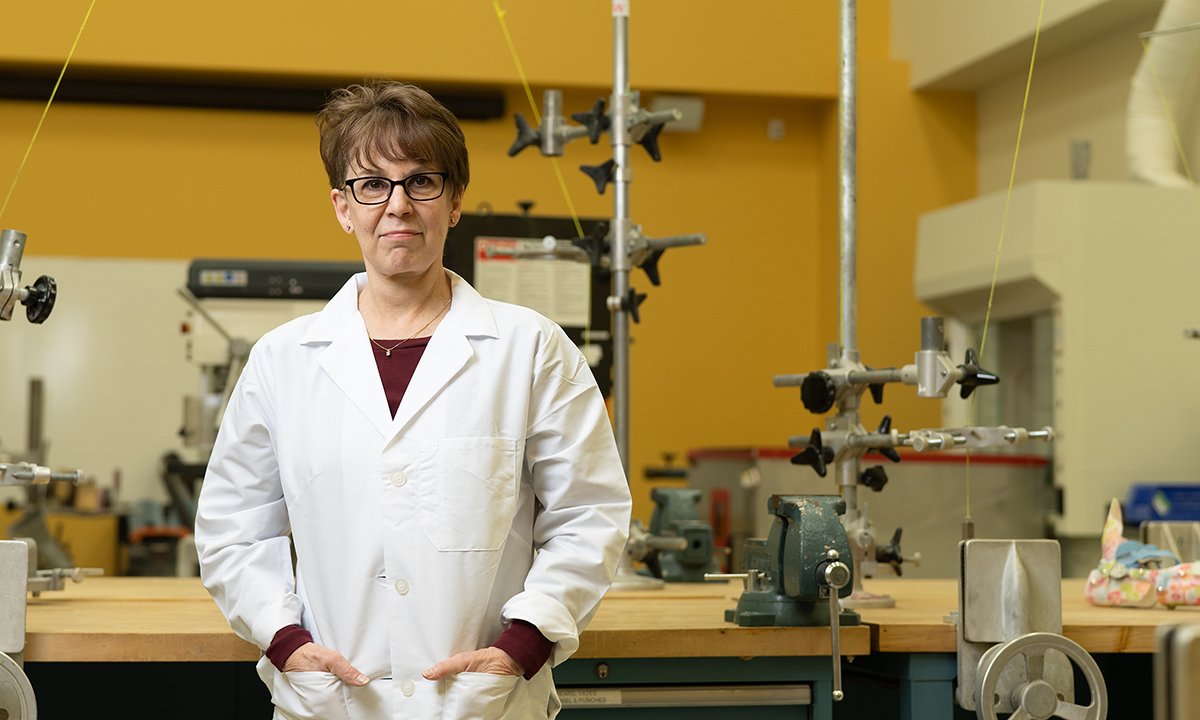In Purpose for Health
A look back at the history of health science programs at Oakland University
Upstream. This word sums up our journey at the School of Health Sciences to help enhance positive steps toward vibrant health for all people and communities. Through thoughtful nutrition, physical vigor, safe environments, mindfulness, and a focus on diagnostic and rehabilitative sciences, we aim to celebrate life while preventing health concerns before they require downstream attention.
We take on this critical role, providing education to our students and the community in four core academic areas: Interdisciplinary Health Sciences, “where life and health interests intersect;” Human Movement Science, “advancing and restoring physical function;” Public and Environmental Wellness, “pursuing society’s big health challenges;” and Clinical and Diagnostic Sciences, “serving the sciences of clinical determination.”
| Built upon the foundations of the natural and behavioral sciences, the School of Health Sciences transforms students into leaders, connects theory to best practices, and impacts the needs of communities. |
We trace our origins back to 1968, when Dr. Moon J. Pak was hired as an associate professor of biology and charged to play a lead role in initiating health-related programs at the university by Chancellor Woody Varner. Originally housed in the College of Arts and Sciences, OU’s first health science degree program offerings were environmental health, medical physics and medical technology. In 1976, the Center for Health Sciences was established with Pak as its director and associate provost.
Nearly a decade later, on June 17, 1985, the School of Health Sciences was formally approved by Oakland University‘s Board of Trustees. Over the years, interdisciplinary programs, concentrations and specializations were added to meet an increase in health-focused professions as well as an emphasis on public health and wellness.
The aspirations of Pak, supported administratively by Art Griggs who served as assistant dean of the new health sciences programs, and our early faculty hires contributed greatly to the school’s prominent growth, and set the stage for its ongoing success. In addition, health care institutions and community partners throughout Southeast Michigan played an integral role in our advancement.
Today, under the leadership of dean Kevin Ball, Ph.D., the School of Health Sciences provides an exceptional environment of collaborative, academic and clinical learning. Housed in the 172,000 square-foot Human Health Building, the School of Health Sciences offers degrees at the bachelor’s, master’s and doctoral levels as well as certificate programs taught by dedicated faculty.
Every day, we make a difference through our teaching, mentoring, curriculum, and an incomparable commitment to the community. We focus upstream, empowering people to find ways to create a healthier environment, while also contributing to the valuable downstream solutions of diagnostic sciences and physical rehabilitation. We are teaching and mentoring future health care leaders, while creating positive health changes that reverberate beyond the campus boundaries, into the region and across the globe for many years to come.
Special thanks to Arts Griggs, CAS ’70, and Dr. Moon J. Pak for compiling a comprehensive history of SHS, and for serving as the school’s unofficial archivists. Griggs and Pak remain committed to SHS through their role on the Board of Advocacy and Resource Development.

 March 30, 2020
March 30, 2020


